A Although Union Pacific’s Big Boy No. 4014 is equipped with what the UP Steam Crew calls a “parking brake,” consisting of an air compressor tied into the locomotive’s original brake cylinders, the Big Boy needs more stopping power for moves until it is restored, hence the hoppers.
The purpose of the 10 hoppers in the Big Boy’s consist was to add the stopping power of their brakeshoes to help slow the Big Boy when air brakes were applied. Each of the locomotives and hoppers in the consist had a margin of extra braking force available to take up the Big Boy’s roughly 450 tons of dead weight while in motion. A similar consist made up of flat cars was used for the longer journey to Cheyenne, Wyo., later in the year. – Steve Sweeney





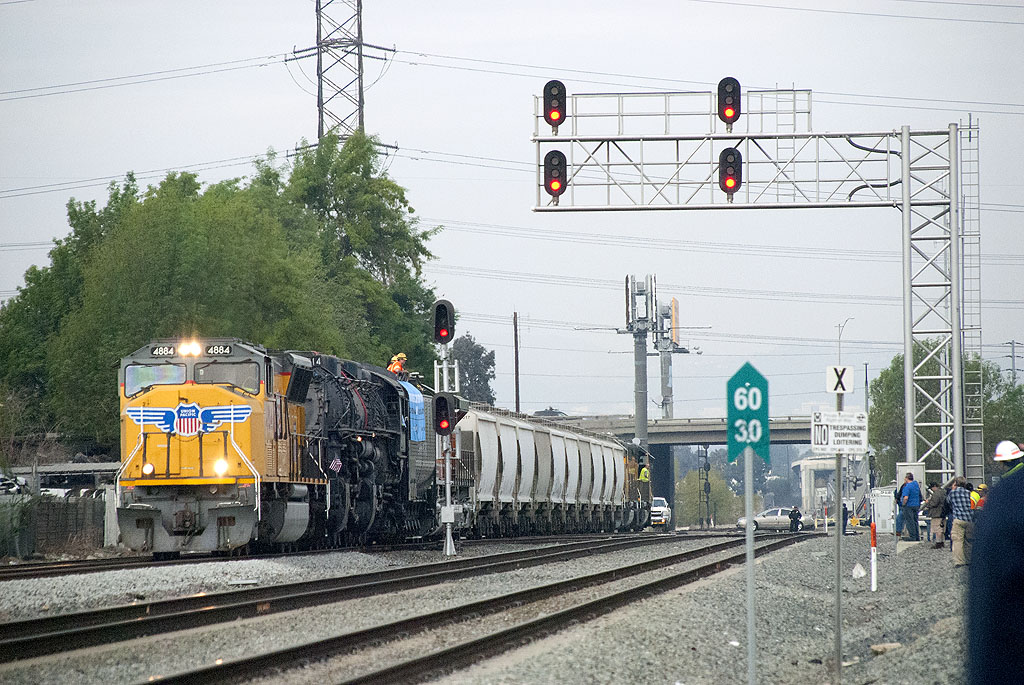

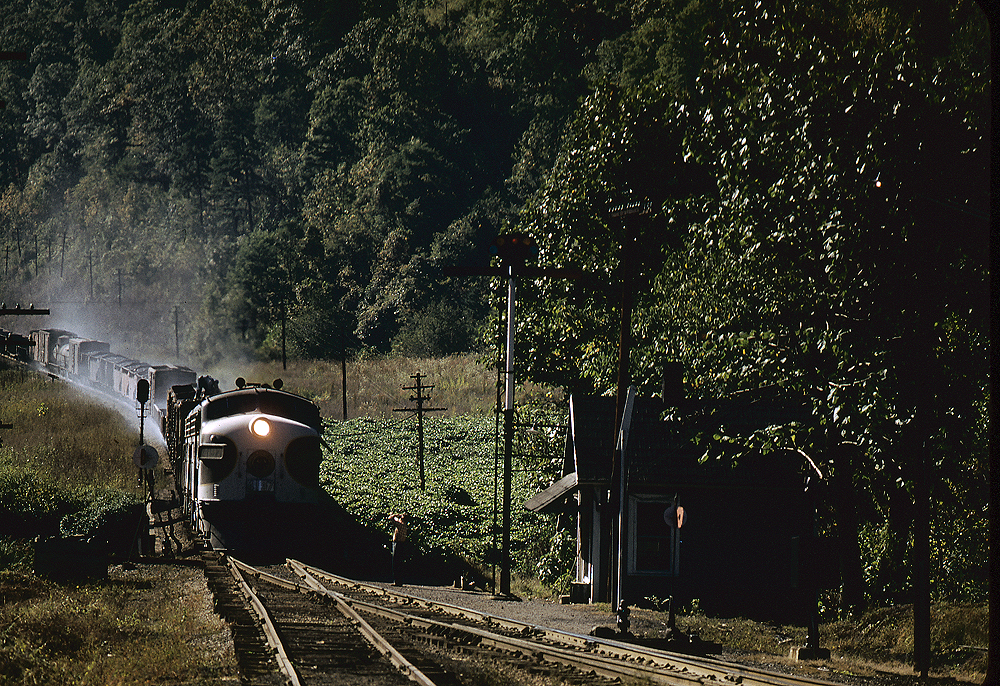
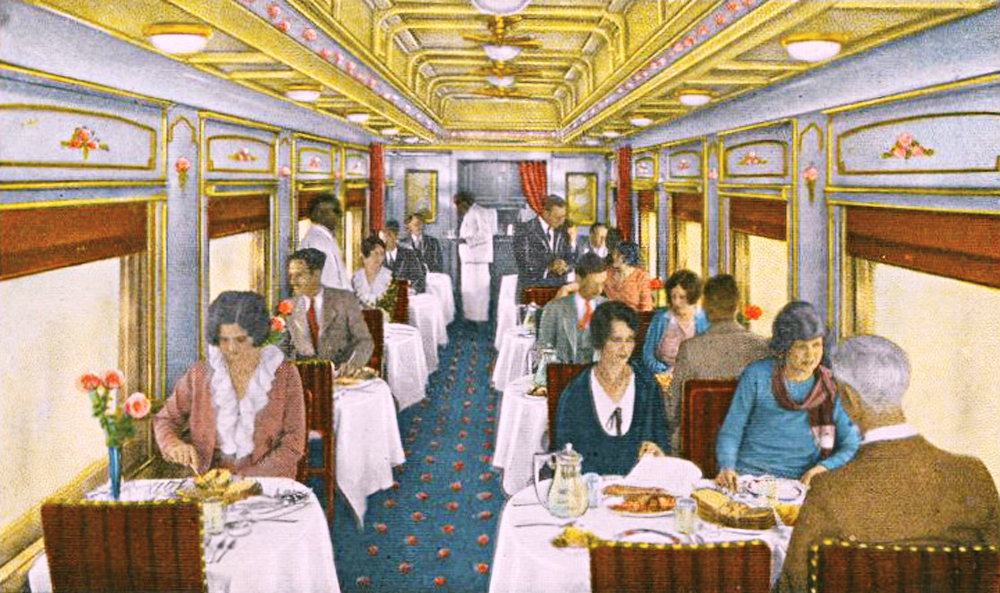
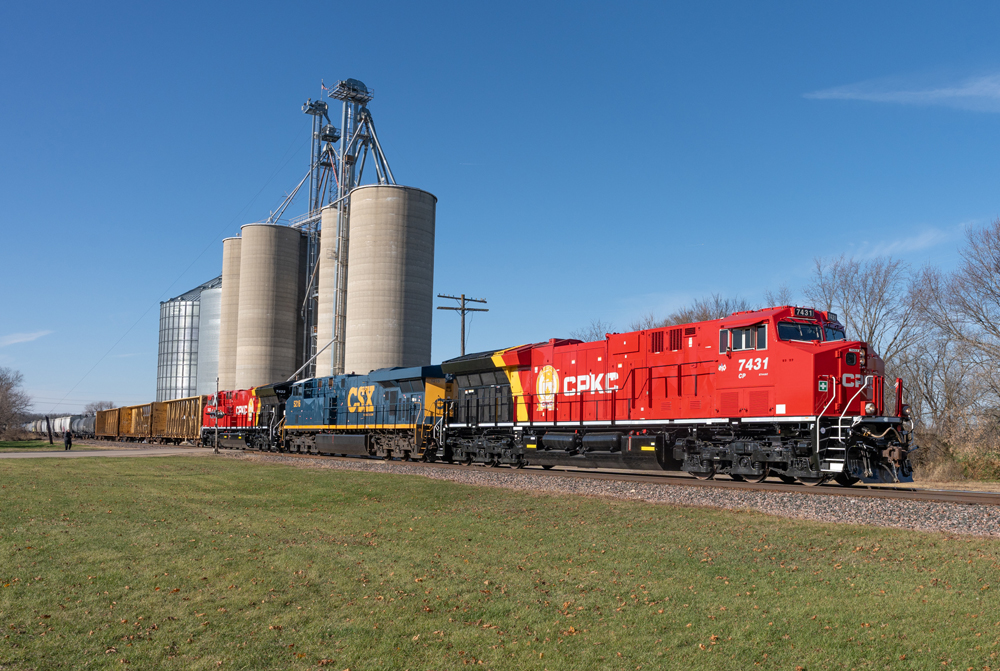
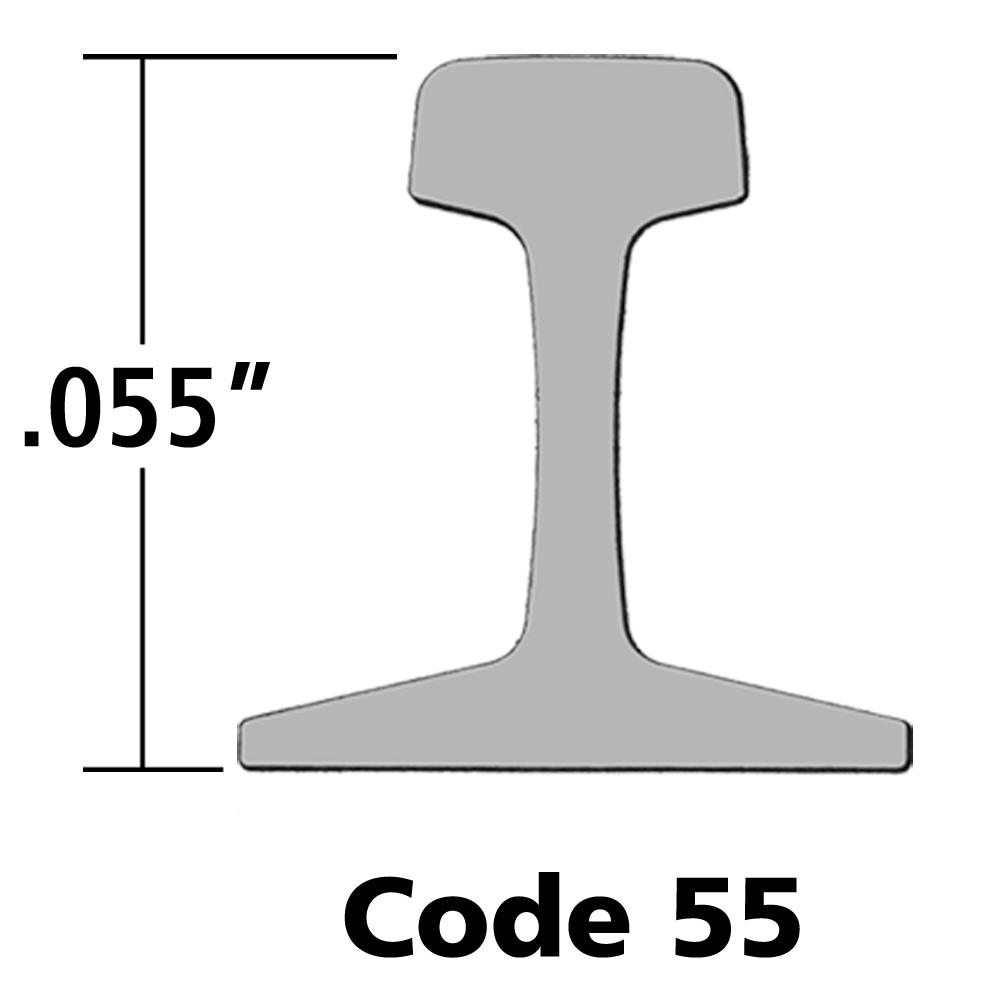




Note the number of the diesel!
The Big Boy move from California to Cheyenne, Wyoming is what is commonly known in the railroad industry as a hospital train. Hospital trains are used when you have equipment to move that isn’t qualified to move in regular freight service trains. It sat for 51 years not operating so the brake system wasn’t serviceable, yes they rebuilt the brake cylinders so they could be used to prevent the locomotive from moving when on display but the entire brake system needed to be completely rebuilt and at that time the gaskets did not exist to rebuild it but after the engine arrived at Cheyenne a enthusiast at Westinghouse Airbrake ( present name is Wabco ) searched and found the molds to make new gaskets for the number 8 brake system.
In order to move locomotive’s,passenger cars, or freight cars all with inoperable brakes by being out of date on since their last inspection wher the entire brake system was rebuilt from A to Z you use a hospital train as its the only way to move equipment with unserviceable brakes and to do that it’s common practice to use empty freight cars of sufficient number so you have at the minimum 85% or more operating brakes on the hospital train and said hospital train is also restricted to how fast it can go.
In my career as an engineer I had to run a hospital train of 1930’s-1940’s baggage cars that were used by the car department in a freight yard for over 37 years on a dissconected track and over time the cars were robbed of almost all the brake components including draw bars. We used 1 1/2 inch cables to hook up each car and the trains consisted of 7 unserviceable cars and enough empty freight cars to bring the train over 85 percent functioning brakes. The move was just over 58 miles and went off without a hitch. They were moved to another yard to continue to serve as car department storage, why build when you can move mobile storage in place.
BIG BOY does not have any brakes yet so the cars are needed to slow the locomotive down